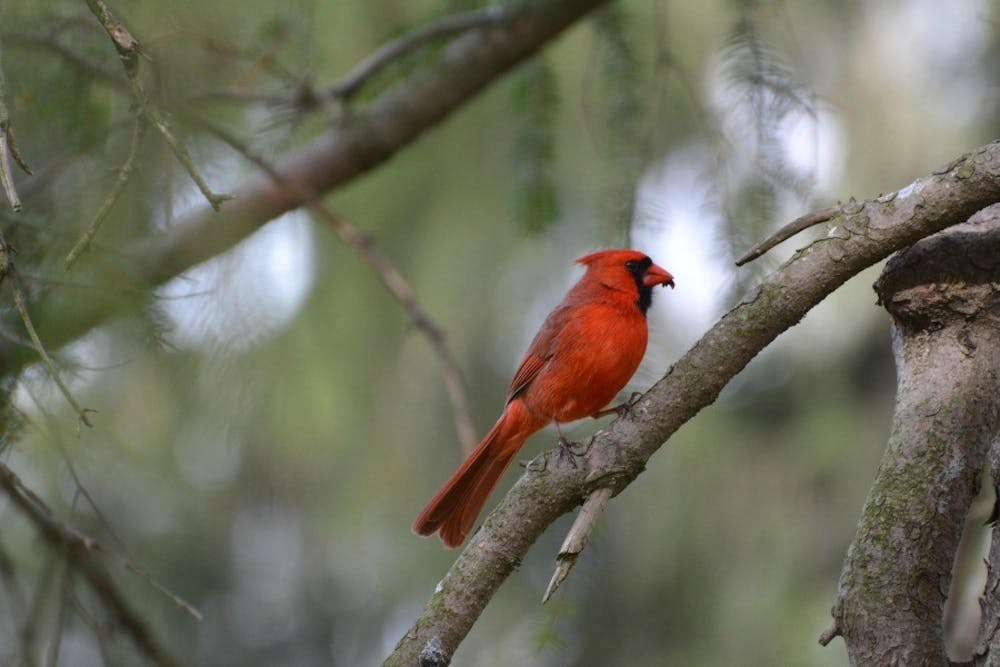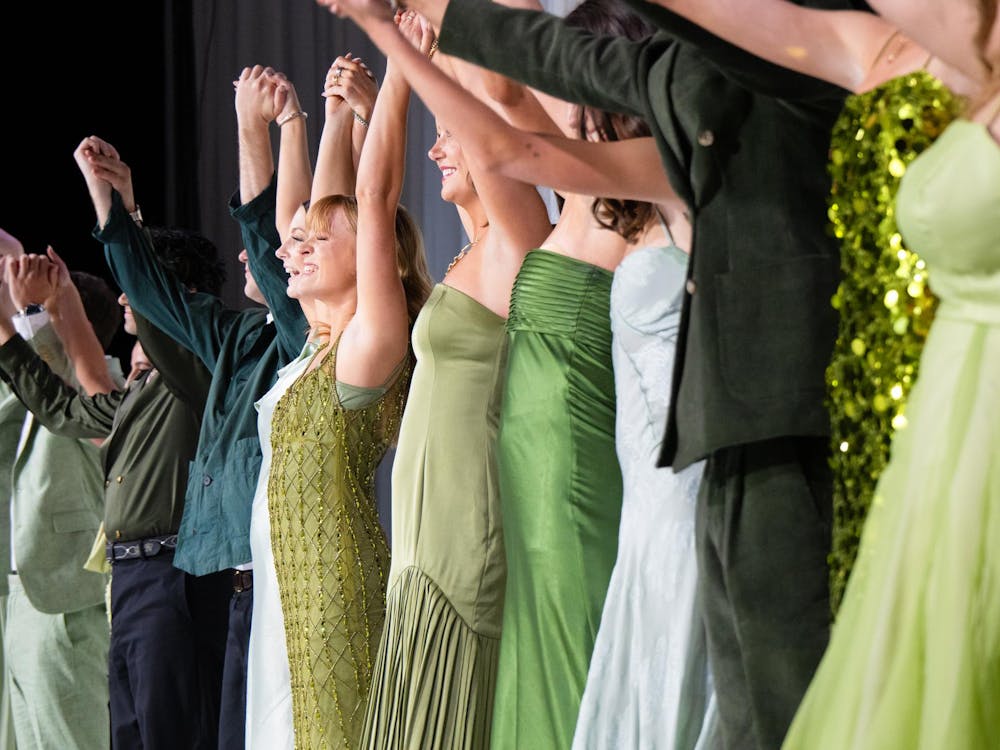By Kelly Burns, For The Miami Student
Starlings, warblers and a multitude of other birds will fill the sky. Their songs will ring through the air as they return from their winter migration.
May 6 through 15 has been declared the Biggest Week in American Birding .
During this week, many of the migratory birds will pass through Ohio and surrounding areas, allowing birders the chance to see more species at one time than thought possible.
According to the event's website, birders can expect to see around 20 species of warblers a day, in addition to all of the other birds.
For the last few years, Black Swamp Bird Observatory has sponsored a festival to celebrate this week. Birders from around the country flock to Ohio in order to see the birds.
For Miami students, going to the festival is not an incredibly viable option. Senior Garrett Gust has always considered attending, but has never been able to.
"I've always wanted to go," Gust said. "But it's always a rough time with finals and everything."
However, Miami birders are not completely left out of the festivities. Dr. David E. Russell, a senior lecturer in the biology department, and his ornithology class make the trip up to the Magee Marsh Wildlife Area. They usually go two weekends before finals week.
The group stops at Hueston Woods to bird before continuing up to Black Swamp Bird Observatory near Lake Erie. Their trip takes place at the beginning of the spring migration season of warblers, said Carly Hamilton, a senior zoology and Western program environmental education major.
Ian Anderson, a senior biology major, also participated in Dr. Russell's trip. Anderson said that the group stops at several locations before reaching their destination of Lake Erie to see the warblers.
"They all have to stop on the shores of Lake Erie before they cross over," Anderson said. "So that means that there's just an incredible density and biodiversity of birds there."
Enjoy what you're reading?
Signup for our newsletter
While the Biggest Week is a big event for birders, it is not a holiday for them, Anderson said. Instead, the spring migration is an opportunity for birders to go out and see as many birds as possible when they come through this specific region.
Oxford is also a good location for birding, Gust said. He plans to go out to his professor's preserved land and bird right here in town.
"We're having a birding event one morning," Gust said. "We're gonna go out there and hit it pretty hard."
Even outside of the Biggest Week, Miami birders are quite active.
Gust got into birding in Costa Rica. When he returned to Oxford, he brought his journal, binoculars and love of birds with him.
"I have been doing it around campus as the birds have been coming out," he said. "I can bird on my way to class."
Hamilton came to Miami with the intent to study and research birds. She found her current major in the Western program after meeting Dr. Russell and beginning to volunteer at his bird-banding station at Hueston Woods. As the spring migration season has begun, she has spent as much time as possible birding there.
Anderson volunteered at Black Swamp for over 15 years. He is studying biology with an environmental studies co-major and is currently in Dr. Russell's ornithology class here at Miami.
"Really any facet about life and the environment interests me." Anderson said. "Ornithology is something I've had a lot of background in and it's nice to get more formal training in it."
Spring, and in particular the Biggest Week, has given birders the opportunity to enjoy their hobby once again. Whether it is at the big event or here in Oxford, birders look forward to seeing all the different species of birds once more.
"There's so much diversity of birds." Gust said, "I've seen a hummingbird that weighs less than a penny and I've seen a jabiru which is like 5 feet tall. And we can look for that -- different colors, different songs and it's really cool."




